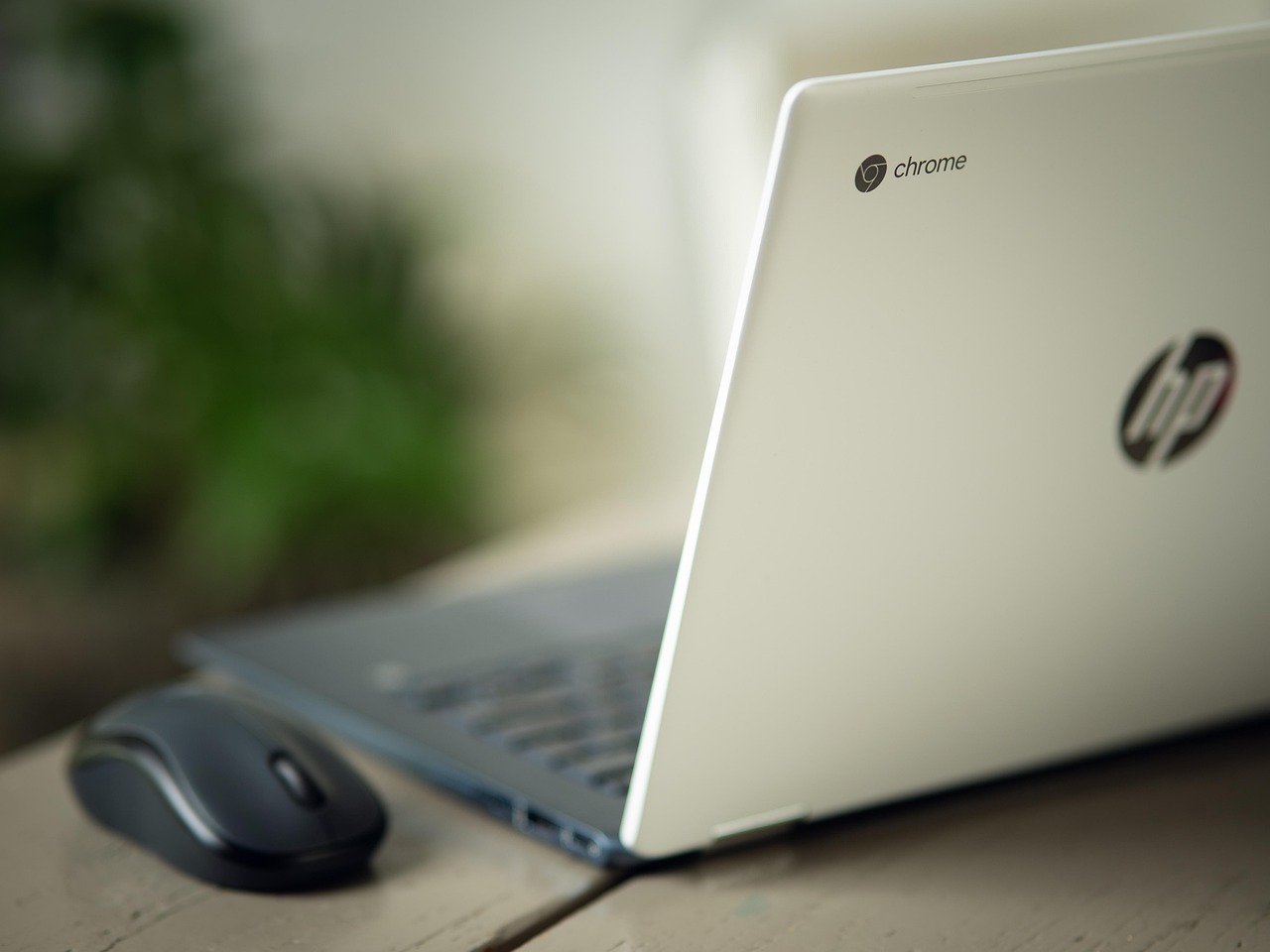Print on demand (POD) has revolutionized the e-commerce landscape, offering an accessible and low-risk entry point for entrepreneurs and creatives alike. Whether you’re an artist looking to monetize your designs, a business seeking branded merchandise, or simply someone with a unique idea, print on demand can provide a powerful platform. This comprehensive guide explores everything you need to know about print on demand, from understanding the basics to building a successful business.
What is Print on Demand?
Understanding the POD Model
Print on demand is a business model where you partner with a third-party supplier to sell products with your designs on them. The key difference from traditional retail is that you only pay for the product when a customer places an order. This eliminates the need for upfront inventory investment, storage, and handling. Your supplier handles printing, packaging, and shipping directly to the customer.
- No Inventory: You don’t need to buy products in bulk.
- Low Startup Costs: Significantly reduces the financial risk of starting a business.
- Wide Product Range: POD services often offer a diverse selection of products.
- Focus on Design & Marketing: You can concentrate on creating designs and promoting your products.
How Print on Demand Works
The print on demand process typically involves these steps:
- Example: Imagine you’re an artist specializing in watercolor paintings. Using a POD service like Printful or Gelato, you can upload your artwork and offer it on canvas prints, phone cases, and even clothing. When a customer orders a watercolor phone case from your Etsy shop, Printful automatically receives the order, prints the design, and ships it directly to the customer – all without you handling any inventory.
Benefits of Using Print on Demand
Reduced Financial Risk
The most significant advantage of print on demand is the minimal upfront investment. You only pay for products when they are sold, eliminating the risk of being stuck with unsold inventory. This makes it an attractive option for entrepreneurs testing new product ideas or artists exploring monetization options.
Product Variety and Flexibility
POD platforms provide access to a wide range of products, allowing you to diversify your offerings without holding any inventory. You can easily experiment with new designs, product types, and niches without significant financial commitment.
- Clothing: T-shirts, hoodies, leggings, dresses
- Home Decor: Mugs, posters, canvas prints, pillows
- Accessories: Phone cases, tote bags, hats
- Stationery: Notebooks, stickers
Scalability and Automation
As your business grows, POD can scale effortlessly. You don’t need to invest in additional equipment or storage space. Order fulfillment is automated, freeing you to focus on design, marketing, and customer service. Many POD platforms integrate seamlessly with popular e-commerce platforms, further streamlining the process.
Location Independence
Print on demand allows you to run your business from anywhere in the world. You don’t need a physical store or warehouse. As long as you have access to the internet and a creative mind, you can build a successful POD business.
Choosing the Right Print on Demand Provider
Factors to Consider
Selecting the right POD provider is crucial for your business success. Consider these factors:
- Product Quality: Order samples to assess the quality of the products and printing. Customer satisfaction depends on the quality of what they receive.
- Product Catalog: Ensure the provider offers the products you want to sell and that they align with your target audience.
- Printing Options: Look for diverse printing options like DTG (direct-to-garment), sublimation, and screen printing to accommodate different design needs.
- Shipping Options and Costs: Evaluate shipping times and costs, both domestically and internationally. Fast and affordable shipping is essential for customer satisfaction.
- Integration Capabilities: Choose a provider that integrates seamlessly with your e-commerce platform (e.g., Shopify, Etsy, WooCommerce).
- Customer Support: Test their customer support responsiveness and helpfulness. A reliable support team can resolve issues quickly and efficiently.
- Pricing and Fees: Compare pricing structures, including product costs, printing fees, and shipping charges. Consider any additional fees, such as subscription costs or customization charges.
Popular Print on Demand Platforms
Here are some popular POD platforms:
- Printful: Known for its high-quality printing, wide product selection, and robust integrations. Offers warehousing and fulfillment services.
Example: Printful integrates directly with Shopify, Etsy, and WooCommerce, allowing you to automatically sync products and fulfill orders.
- Gelato: Boasts a global network of printing partners, ensuring faster and more localized shipping.
Example: Gelato’s global network allows you to source products from local printers, reducing shipping times and costs for customers in different regions.
- Printify: Provides access to a large network of print providers, allowing you to compare prices and choose the best option.
Example: Printify allows you to compare prices from multiple print providers for the same product, helping you find the most cost-effective solution.
- SPOD (Spreadshirt Print-on-Demand): An easy-to-use service integrated with the Spreadshirt marketplace, expanding your reach.
Example: SPOD allows you to sell on the Spreadshirt marketplace alongside your own online store, reaching a wider audience.
- Redbubble: A marketplace where artists can upload designs and sell them on a variety of products.
Example: Redbubble handles all aspects of fulfillment and customer service, allowing artists to focus solely on creating and uploading designs.
Comparing Costs and Profit Margins
Before committing to a POD provider, carefully analyze their pricing and calculate your potential profit margins.
- Product Cost: The base cost of the product before printing.
- Printing Fee: The cost to print your design on the product.
- Shipping Cost: The cost to ship the product to the customer.
- Your Selling Price: The price you charge customers for the product.
- Profit Margin = Selling Price – (Product Cost + Printing Fee + Shipping Cost)
- Example: If a t-shirt costs $10 (product cost) + $5 (printing fee) + $5 (shipping), and you sell it for $25, your profit margin is $5.
Setting Up Your Print on Demand Store
Choosing an E-commerce Platform
Select an e-commerce platform that integrates seamlessly with your chosen POD provider and offers the features you need to build a successful online store.
- Shopify: A popular choice with a user-friendly interface, extensive app ecosystem, and robust marketing tools.
- Etsy: A marketplace specializing in handmade, vintage, and creative goods, ideal for artists and designers.
- WooCommerce: A WordPress plugin that allows you to create a fully customizable online store.
- Squarespace: An easy-to-use website builder with e-commerce capabilities.
Creating Engaging Product Listings
Your product listings are crucial for attracting customers and driving sales.
- High-Quality Images: Use professional-looking product mockups and lifestyle photos that showcase your designs effectively.
- Compelling Product Descriptions: Write detailed and persuasive descriptions that highlight the features and benefits of your products.
- SEO Optimization: Use relevant keywords in your product titles and descriptions to improve search engine visibility.
- Clear Pricing and Shipping Information: Clearly display the price of your products and shipping costs to avoid confusion.
Marketing Your Print on Demand Business
Effective marketing is essential for driving traffic to your store and generating sales.
- Social Media Marketing: Promote your products on social media platforms like Instagram, Facebook, Pinterest, and TikTok.
- Influencer Marketing: Partner with influencers in your niche to promote your products to their followers.
- Email Marketing: Build an email list and send targeted emails to promote new products, offer discounts, and engage with your audience.
- Paid Advertising: Use paid advertising platforms like Google Ads and Facebook Ads to reach a wider audience.
- Content Marketing: Create valuable content (e.g., blog posts, videos) related to your products and target audience to attract organic traffic.
- *Example: Run a contest on Instagram where followers can win a free t-shirt with your design. This increases brand awareness and drives traffic to your store.
Conclusion
Print on demand presents a compelling opportunity for entrepreneurs and creatives to launch their own online businesses with minimal risk and investment. By understanding the POD model, choosing the right provider, setting up an engaging store, and implementing effective marketing strategies, you can build a thriving print on demand business. While it requires effort and dedication, the potential rewards of financial independence and creative fulfillment make it a worthwhile venture. Remember to focus on quality designs, exceptional customer service, and continuous improvement to stand out in the competitive e-commerce landscape.




